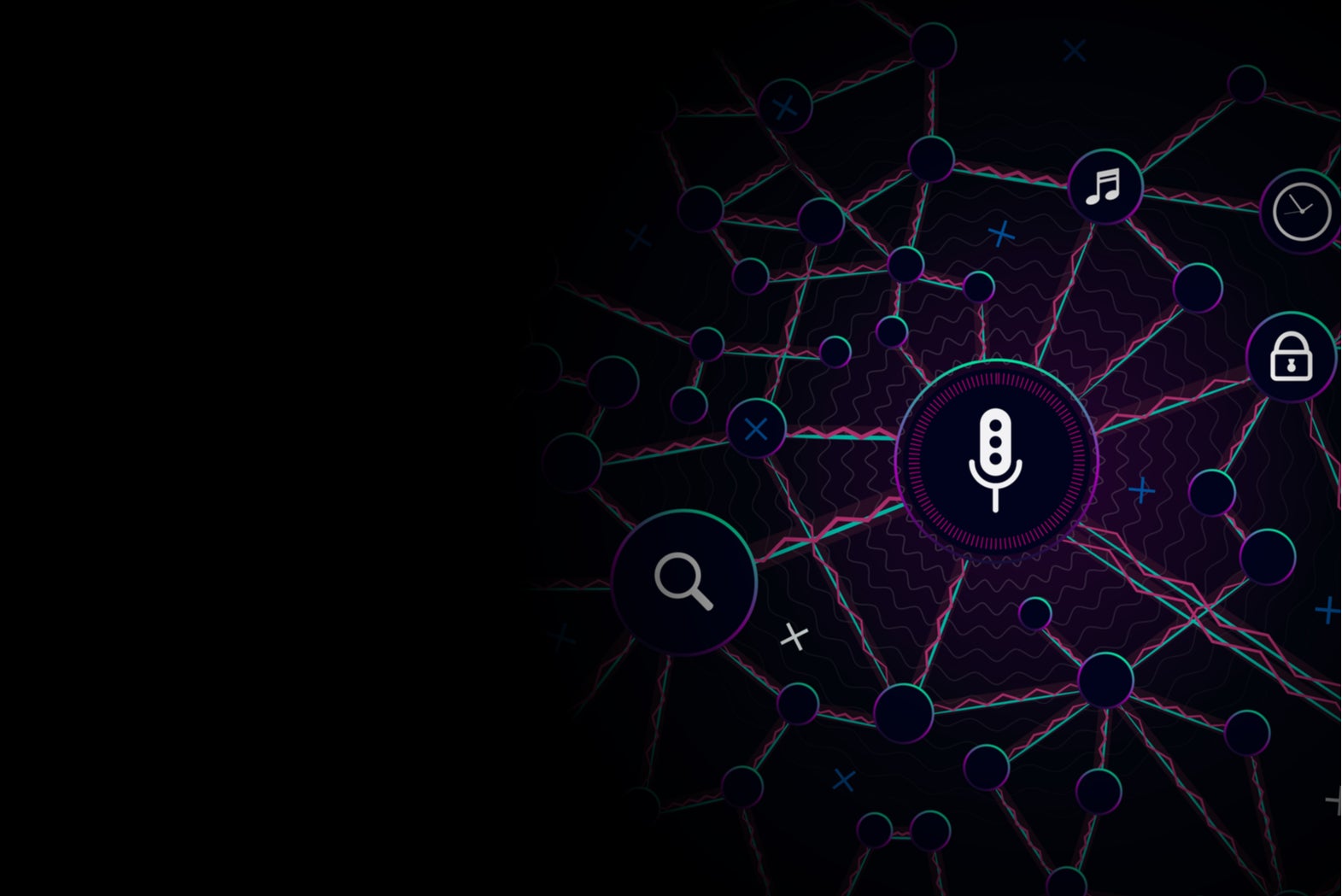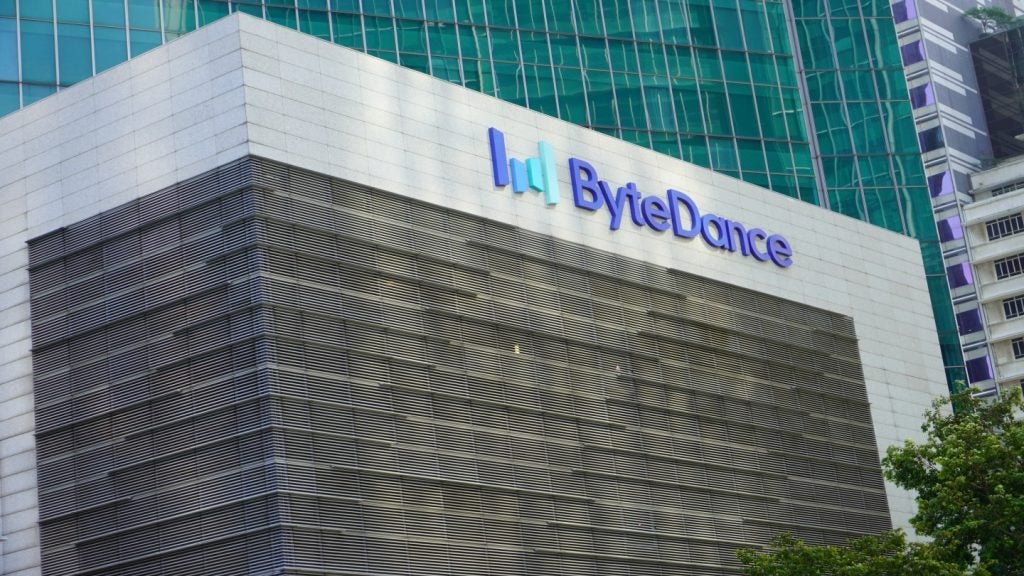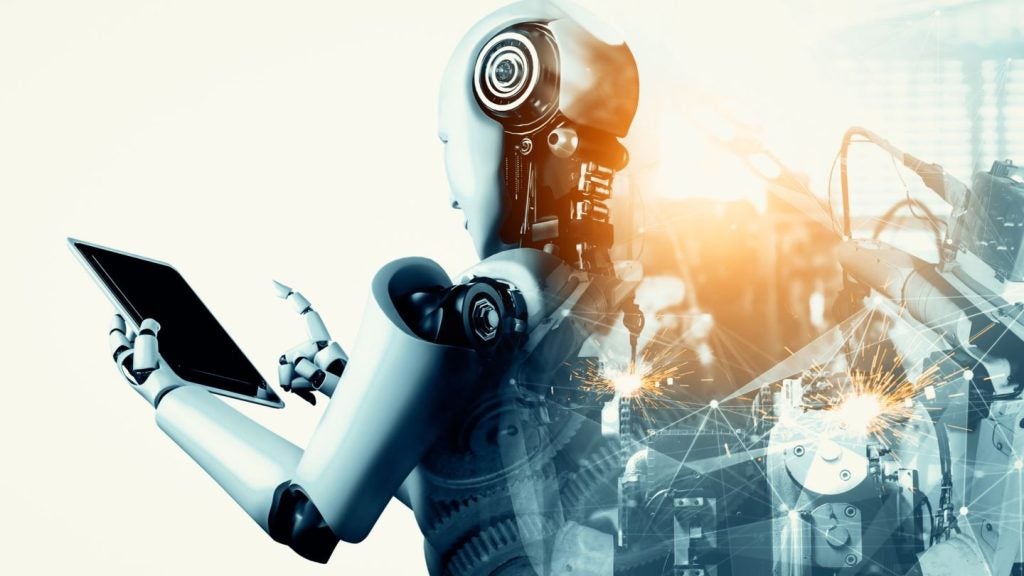
In the 21st century, the capabilities of digital personal assistants now come close to replicating their human equivalents. We can now find personal digital assistants embedded or integrated into many technology services. Our smart devices are considered smart because we can talk to them, and they can respond, act and do meaningful things on our behalf.
In fact, in the corporate world, executives are very open to the idea of having a digital personal assistant integrating with their calendar to setup meetings, message people on their behalf and automate their environment.
The technology that can make this happen is here today, and the Leading Edge Forum’s (LEF) 21st Century Human programme regularly experiments with it and demonstrates it to clients as part of our workshops.
So why aren’t more organisations using it when the technology is here, and the people want it? A recent LEF community debate brought out some interesting observations as to why the technology is not more commonplace across the enterprise.
-
Trust
Unlike their human equivalents, we are less trusting of the digital counterparts. Whilst we seem happy to trust them to do what we ask, we are a lot less trustful in what the organisation who ‘owns’ the digital assistant will do with the data it generates by understanding our every move. There is a strong sense that the corporations that sit behind these digital tools are using every scrap of data that is generated on us to feed their advertising algorithms.
-
Judgement
Whilst we are born with common sense, at least to some degree, the artificial intelligence (AI) powering some of these digital capabilities respond to our needs in a much more transactional nature. Humans can apply judgement and context to situations and respond appropriately whereas machines will process the request, to the best of their ability, regardless of the situation.
How well do you really know your competitors?
Access the most comprehensive Company Profiles on the market, powered by GlobalData. Save hours of research. Gain competitive edge.

Thank you!
Your download email will arrive shortly
Not ready to buy yet? Download a free sample
We are confident about the unique quality of our Company Profiles. However, we want you to make the most beneficial decision for your business, so we offer a free sample that you can download by submitting the below form
By GlobalData-
Simple utility
There was a lot of agreement that the simplicity of the digital assistants to help with very simple tasks was beneficial. The ability to turn lights on when entering a room with your arms full was the most frequently referenced. Inter-room communications were another – no more shouting up the stairs that dinner is ready! The pre-emptive guidance on traffic or public transport given before starting a journey was now commonplace.
-
The environment is important
Whilst most of the concerns held people back from using their personal assistants, when we switch the context specifically to that of a business environment, people views changed. People were a lot more open to the idea of personal assistant integration for meeting room allocation and catering or transcription services, messaging or office automation.
Overcoming the trust issue is the key
The corporate policies pertaining to integrating with any of the services we have discussed restrict their usage. Integration that allows any third party to read and write information into our productivity tools such as calendars and emails, instant messaging and conference calls, is a hard pill to swallow for most security and risk professionals.
Transparency over what data is read by third parties, what is done with it and who it is shared with, is not understood. Whilst this is the case, using digital assistants in this way will remain off limits.
It’s easy to ignore emerging technologies. Unless you have an appetite for risk combined with a natural curiosity that would lead you to invest time and money for further exploration, you’re more likely to just ignore it.
But it is not that binary. Most technologies can be seen as a spectrum of capabilities and risk. The simple fact is that we are evolving from a species that interacts with technology via keyboards, mice, swipes and presses, to one that conveys instructions in a more natural way, through conversation.
Machines are continually improving their ability to understand what we are asking, as well as predicting our future needs, thanks to artificial intelligence.
This takes place either through direct interaction with us or building an understanding of our patterns through the metadata that is so richly available to them – such as calendar appointments, emails stating where you’ll be and when, check-ins on social media and geo-tagged images we post.
Digital personal assistants: Take the leap
Understanding the capabilities of these technologies, as well as the risks, is a key skill we all need to be a 21st Century Human. We can no longer abdicate responsibility for technology to our IT department.
Technology plays a central role in all our lives, and it’s time that we were more curious, becoming explorers in the digital landscape, and build capabilities that will best prepare us for the future.
Read more: Friend or foe? Here’s how experts expect robotics to progress over the next decade







